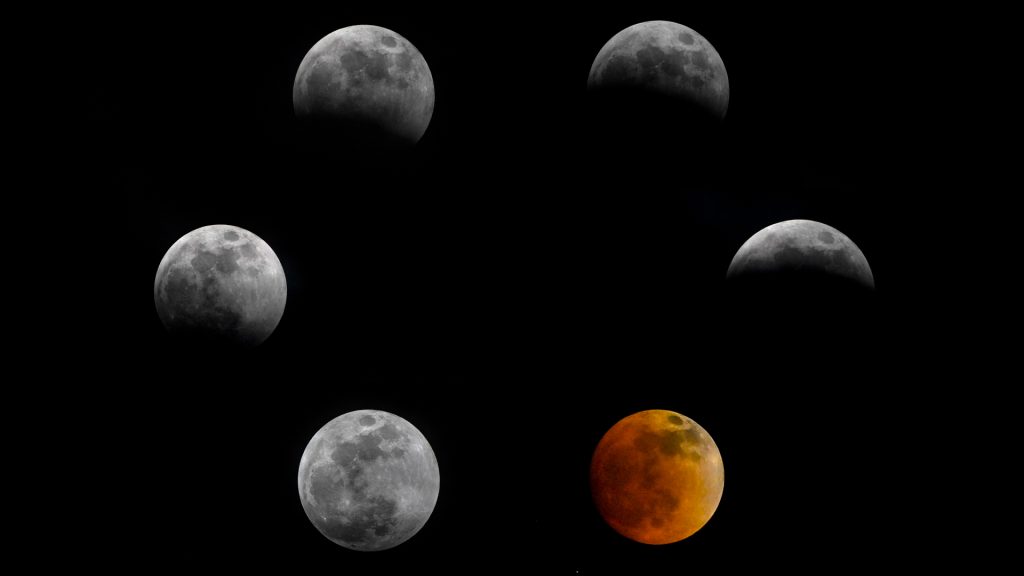Observe the night sky on September 7-8 to see Earth’s shadow cast over the moon, resulting in a striking “blood moon.” Here’s what to anticipate during the total lunar eclipse this week.
A total lunar eclipse takes place when Earth is positioned between the sun and the moon, causing a temporary covering of the lunar disk with Earth’s shadow. This phenomenon makes the moon glow red, as the light from sunrises and sunsets on Earth is refracted onto it.
The total lunar eclipse on September 7-8 will showcase several distinct phases. Observers across larger parts of Asia, western Australia, and eastern Europe will have full visibility, while countries like Spain and Norway will see only a partial eclipse.
Viewing a lunar eclipse can be done safely with a telescope, binoculars, or your naked eye, so there’s no need for special eclipse glasses like those required for solar eclipses.
If you can’t view the eclipse in person, there are options to watch it online through free livestreams on September 7.
The Stages of the Total Lunar Eclipse
The Moon Enters Earth’s Penumbra
Starting at 11:28 a.m. EDT (1528 GMT) on September 7, the faint outer edge of Earth’s shadow, known as the penumbra, will begin to cover the moon’s surface. This initial shadowing will be subtle, becoming noticeable as a slight darken on the upper left of the moon less than an hour later.
Earth’s Inner Shadow Falls Upon the Lunar Disk
At 12:27 p.m. EDT (1627 GMT), the moon will start to move into Earth’s main shadow, the umbra. This phase will reveal a much sharper shadow compared to the previous penumbral phase, quickly consuming the top left part of the lunar disk and influencing an apparent red-brown hue as the eclipse proceeds.



